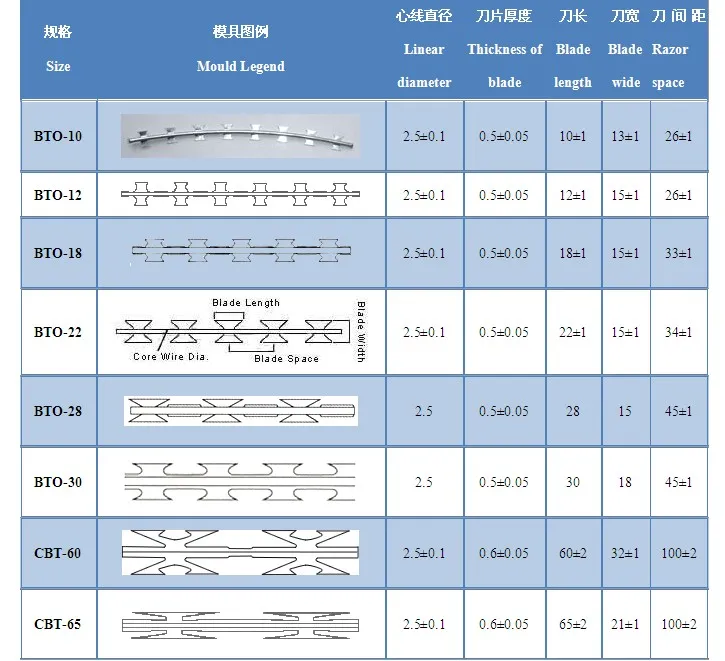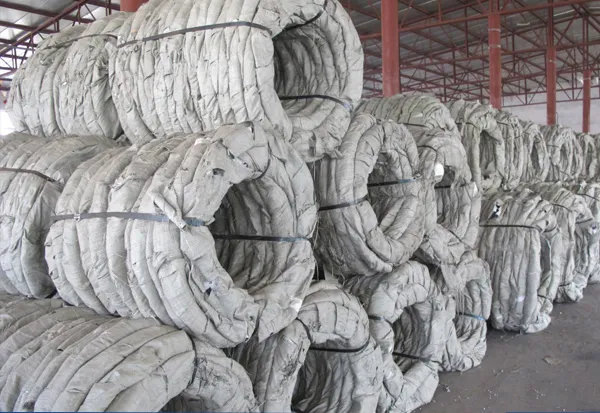

From a manufacturing perspective, the production of annealed steel wire demands meticulous attention to the chemical composition of the precursor metal components. Herein lies the expertise required to tailor the wire's properties according to specific industrial requirements. Normally, low-carbon steel serves as the baseline material, with its carbon content deftly adjusted during annealing to fit varied application demands. The chemical precision ensures the wire exhibits desired mechanical properties, manifesting in everything from tensile strength to elongation capacity—critical factors that industrial engineers carefully balance to meet specific project needs. Given the myriad of applications, the logistical considerations of distributing annealed steel wire require attention, particularly concerning its dimensional specifications and packaging. Experts advise attention to spool size, weight, and the method of winding, elements fundamental to preserving the wire’s integrity from the manufacturing floor to its final deployment site. Proper handling instructions and protective packaging are not only practical measures but also reinforce the wire's quality guarantee, contributing to a trust-based relationship with clients who depend on its consistent performance. The narrative of annealed steel wire is also enriched by its commitment to sustainability, reflected in practices within the industry that prioritize recycling and material conservation throughout production cycles. Surgical segmentation of wire segments and conscientious scrapping of defective products exemplify measures aimed at reducing industrial wastage, a reflection of the sector's ecological responsibility. For businesses vying to meet green standards, endorsing annealed steel wire aligns their operational ethos with global sustainability goals. In conclusion, the true value of annealed steel wire extends beyond its physical characteristics to encompass operational excellence in its production, distribution, and application. Backed by a robust history of usage and evolving technological enhancements, this industrial staple caters to contemporary demands while embodying the principles of quality, reliability, and innovation. Its role in diverse sectors testifies to an enduring legacy defined by expert manufacturing capabilities and marked by trustworthiness that sets a high industry benchmark.

















